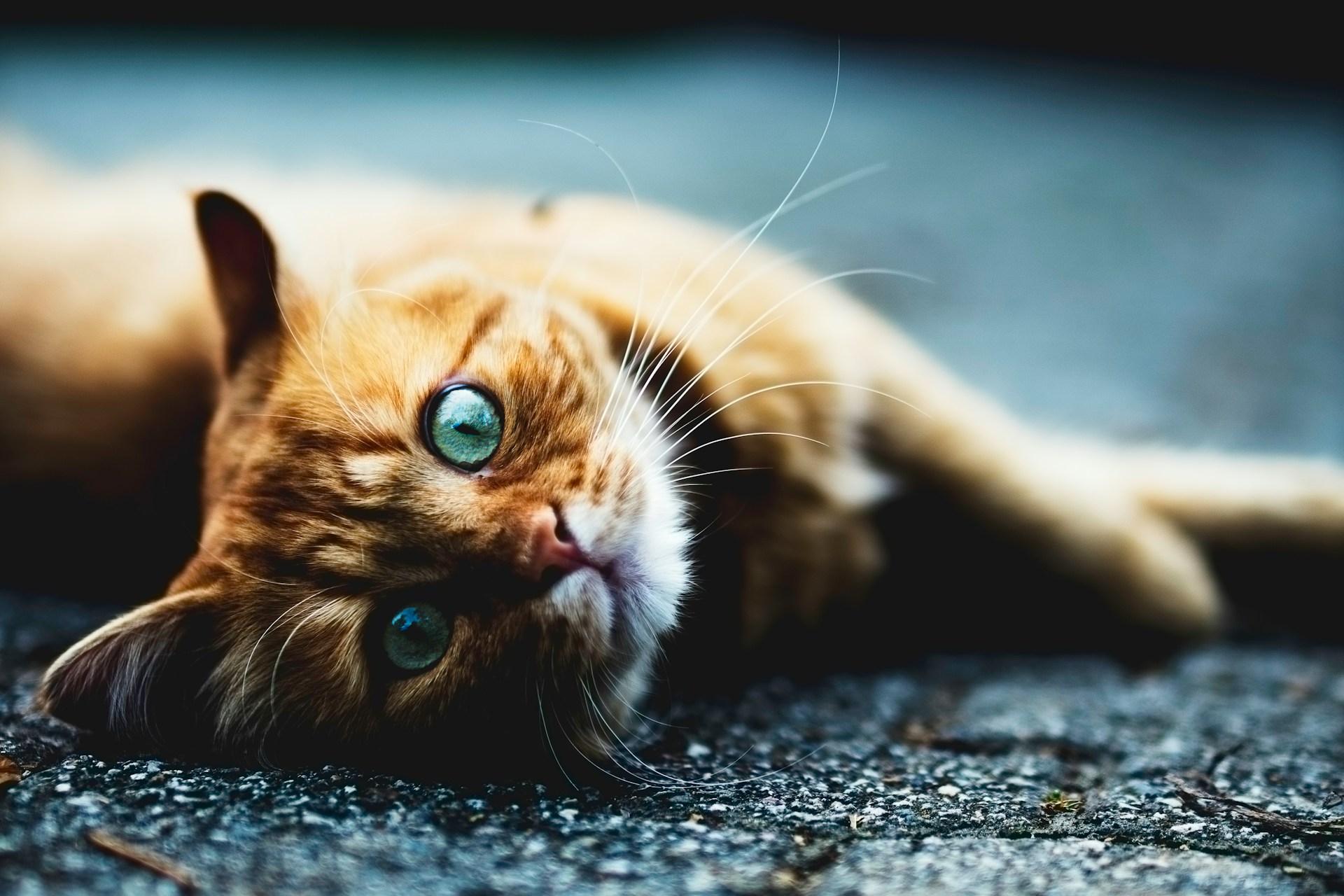Cats experience different needs throughout their lives, from playful kittens to wise seniors. A one-size-fits-all scratching post simply cannot accommodate this evolution. Designing a tailored gradient scratching post system not only addresses various life stages but also enhances their well-being and encourages healthy scratching habits. Explore how such a system can provide the ideal balance of comfort and stimulation for your feline companion, ensuring they thrive at every age.
Understanding Cat Life Stages
Cats, like humans, experience different life stages, each with its own unique needs and characteristics. Recognising these stages—kitten, adult, and senior—is crucial for meeting their specific requirements.
A découvrir également : What are effective strategies for rehabilitating a rescue fox in suburban UK areas?
Kitten Needs
Kittens are bundles of energy and curiosity. Their primary needs revolve around exploration and play, which are essential for their development. Providing scratching posts that cater to their small size and playful nature is vital. These posts should be sturdy and safe, allowing kittens to sharpen their claws and stretch their muscles without risk of injury.
Adult Cat Behavior
As cats transition into adulthood, their behaviour becomes more predictable, yet they still require stimulation and exercise. Adult cats often scratch to mark territory and maintain their claws. Scratching posts for adults should be robust and tall enough to accommodate a full stretch. Designs that incorporate variety in texture can help keep them engaged.
A lire aussi : What are effective strategies for rehabilitating a rescue fox in suburban UK areas?
Senior Cat Requirements
Senior cats may face mobility issues and decreased energy levels. Their scratching needs focus more on comfort and accessibility. It's important to choose posts that are lower to the ground and softer on their aging joints. Ensuring these meet senior cats' requirements can greatly enhance their quality of life, providing both physical relief and mental engagement.
Design Guidelines for Tailored Scratching Posts
Creating the perfect scratching post design involves understanding the specific needs of your feline friend. A customized cat furniture approach ensures that the scratching post not only appeals to your cat but also fits seamlessly into your home.
Step-By-Step Approach
To begin designing a scratching post, assess your cat's preferences. Does your cat enjoy vertical or horizontal scratching? This will guide the ergonomic design of the post. Next, consider the materials. Cats typically prefer natural fibers like sisal, which offer durability and a satisfying texture. Ensure the base is sturdy to prevent tipping, especially for more active cats.
Key Design Elements
Comfort and usability are paramount. A well-designed post should allow your cat to stretch fully without straining. Incorporate multiple textures to maintain interest and engagement. Consider adding features like platforms or perches for resting, enhancing the post's multifunctionality.
Vertical and Horizontal Surfaces
Incorporating both vertical and horizontal scratching surfaces caters to a cat's instinctual needs. Vertical surfaces are ideal for stretching and marking territory, while horizontal options can mimic natural scratching behaviors observed in the wild. By blending these elements, you provide a comprehensive solution that addresses various scratching preferences, ensuring your cat remains happy and healthy.
Recommended Materials for Scratchers
Choosing the right scratching post materials is essential for creating durable cat furniture that meets your feline's needs. The materials should be safe, durable, and appealing to your cat's instincts.
Overview of Safe and Durable Materials
When selecting cat-safe materials, it's important to consider both safety and longevity. Sisal is a popular choice due to its rough texture, which satisfies a cat's scratching instinct while being durable. Cardboard is another option, offering a softer feel that some cats prefer, though it may wear out more quickly. Wood provides a natural, sturdy surface and can be a good choice for heavy scratchers.
Pros and Cons of Different Materials
- Sisal: Highly durable and offers a satisfying texture for scratching. However, it can be more expensive and may require replacement over time.
- Cardboard: Affordable and recyclable, but less durable and may require frequent replacement.
- Wood: Very durable and can withstand vigorous scratching, but may not appeal to all cats due to its hardness.
Tips for Selecting Materials
Consider your cat's preferences and behaviours when choosing materials. Observe whether they prefer softer or harder surfaces and how aggressively they scratch. This insight will guide you in selecting the best materials for your cat's scratching post.
Age-Specific Features and Considerations
When designing age-specific cat furniture, it's crucial to address the distinct needs of kittens, adult cats, and seniors. Each life stage requires tailored features to ensure comfort, safety, and enrichment.
Features for Kittens
Kittens thrive on exploration and play. Their furniture should include interactive elements like dangling toys and tunnels that encourage activity. Scratching posts should be scaled to their size, ensuring they can safely engage without risk of tipping over.
Adult Cat Enrichment
Adult cats benefit from furniture that offers both physical and mental stimulation. Multi-level platforms and varied textures can keep them engaged. Incorporating hiding spots or puzzle feeders can provide additional enrichment, satisfying their natural instincts to hunt and explore.
Senior Cat Safety
As cats age, their mobility may decline, necessitating modifications for safety and accessibility. Senior cat furniture should feature lower platforms to reduce jumping strain and softer surfaces to cushion their joints. Non-slip materials can further enhance stability and prevent accidents.
Importance of Enriching Designs
Regardless of age, enriching designs are vital. They support mental health by providing challenges and opportunities for play. Thoughtful design can cater to a cat's instinctual behaviours, ensuring a fulfilling environment throughout their life stages.
Maintenance and Behavioral Considerations
Maintaining your cat's scratching post is crucial for its longevity and your cat's continued interest. Regular inspection of the post for wear and tear is essential. Replace or repair any damaged sections promptly to prevent injury and maintain its appeal. For posts made of sisal, rotating the material can extend its lifespan, while cardboard scratchers may need more frequent replacement.
Encouraging appropriate scratching behavior is vital to prevent damage to furniture. Position the scratching post in areas your cat frequents, especially near sleeping spots or entryways, as cats often scratch when they wake up or to mark territory. Using catnip or interactive toys can attract your cat to the post, reinforcing positive scratching habits.
Addressing behavioral issues through effective scratching post design involves understanding your cat's preferences. Cats with a tendency to scratch furniture may benefit from posts that mimic the texture and resistance of the material they target. Additionally, providing a variety of posts with different textures and orientations can cater to diverse scratching preferences, promoting healthy scratching behavior.
By implementing these practices, you not only enhance your cat's well-being but also protect your home environment, ensuring harmony between your feline friend and your living space.






